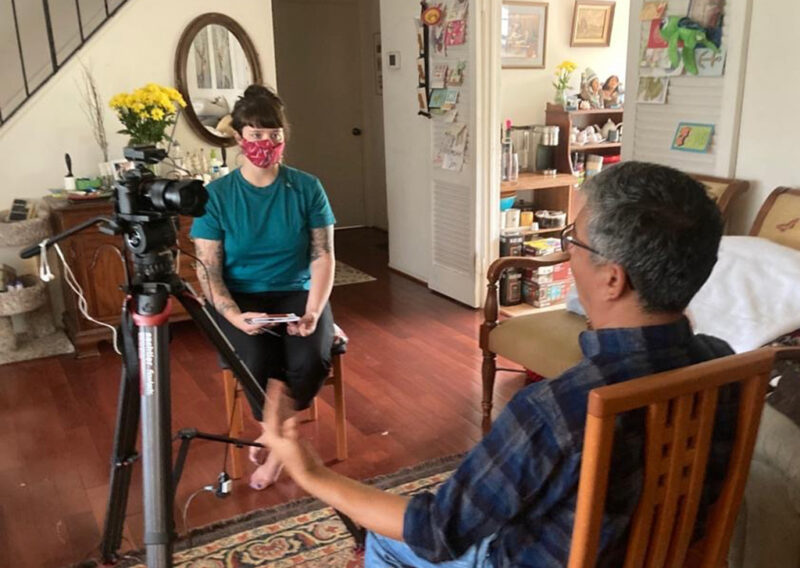Resourceful reporting and fact-checking exposes methodical and systemic torture of prisoners since February’s military coup.
Getting even one interview with a prisoner in Myanmar after the military takeover is difficult. Getting 28 seemed utterly impossible. Yet reporters Kristen Gelineau in Australia and Indonesia-based Victoria Milko managed to do just that. They knew from one-off reports and social media that some prisoners had faced horrors behind bars, but they needed to know whether the torture was widespread and systematic. So they talked to a large cross-section of ex-prisoners — young and old, men, women and children from various ethnic groups and from every corner of the country.
It’s impossible to safely conduct interviews in-person in Myanmar, and the reporters could not enter the country. Working through layers of contacts, encrypted apps and other means of protecting their sources, Gelineau and Milko found people who were willing describe their experiences despite the huge risks and the trauma they have suffered. Due to the security measures, the reporters often had to squeeze every detail out of a prisoner in one call, because they might never be able to talk again.
The pair asked each prisoner to sketch the layout of their cells and the interiors of the facilities. The sketches helped fact-check the stories by seeing if drawings from the same facility matched up. Gelineau and Milko logged each prisoner’s details into a “torture spreadsheet” and kept a running fact-check document where they grouped the prisoners by interrogation center, all of which helped them match accounts and check credibility.
Gelineau even interviewed three military defectors, one of whom had personally witnessed the torture deaths of two prisoners and attempts to cover up the killings. In additon, a sidebar gave vivid accounts of five victims.

Indonesia-based health and science reporter Victoria Milko, left, interviews former prisoner Nathan Maung at his friend’s home in Fairfax, Va., Sept. 21, 2021.
AP / Allen Breed
A remarkable all-formats presentation showcased the reporting. Beijing-based video journalist Sam McNeil hunted down user-generated content for the story, interviewed experts and called on satellite imagery to map the various detention and torture centers in Myanmar, while multiformat journalist Allen Breed recorded Milko’s interview with an ex-prisoner in Virginia. Digital storytelling producer Peter Hamlin created striking illustrations for the main story and sidebar; the images vibrated, capturing the sense of anxiety and uncertainty throughout the piece.
The story had immediate impact. The U.S. State Department demanded an investigation and lawmakers in Washington urged Congress to act. The United Nations’ top expert on human rights in Myanmar also called for strong international pressure on the military and called the AP story “important for accountability efforts.” The story also resonated with readers: It was one of AP’s most-read and most-engaged stories of the week.
For shining a light with care and creativity in dark corners of one of the world’s most repressive regimes, the team of Gelineau, Milko, McNeil and Hamlin is AP’s Best of the Week — Second Winner.
Visit AP.org to request a trial subscription to AP's video, photo and text services.
For breaking news, visit apnews.com













